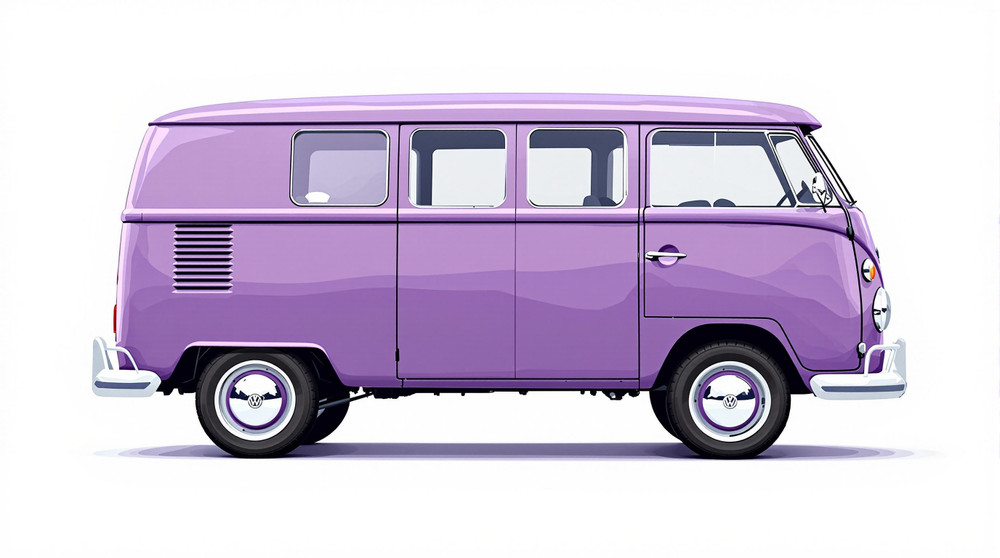Image of 1964 Volkswagen Transporter, Note: These illustrations use artistic license and may differ from actual historical models.
Performance Metrics
Fundamental Metrics
Emotional Appeal
MMP Rating
| Engine Specifications | |
|---|---|
| Engine: | Air-cooled, rear-mounted, flat-four engine |
| Displacement: | 1.5L |
| Horsepower: | 42-54 hp |
| Torque: | 71-82 lb-ft |
| Compression Ratio: | 7.5:1 |
| Ignition System: | Distributor ignition system |
| Cooling System: | Air-cooled |
| Performance Specifications | |
| 0-60 Time: | Estimated 37 seconds |
| 1/4 Mile Time: | Not available |
| Top Speed: | 65 mph |
| Transmission and Drive | |
| Drive Type: | Rear-wheel drive |
| Transmission Type: | 4-speed manual |
| Fuel and Efficiency | |
| Fuel System Type: | Carburetor |
| MPG: | 25-30 mpg |
| Dimensions and Brakes | |
| Brakes: | Drum brakes |
| Wheelbase: | 94.5 inches |
| Weight: | 2,600 lbs |
Note: Specifications for classic cars are given to the best of our ability, considering the limited and variant data available.
Unveiling the Icon: The 1964 Volkswagen Transporter Van
The year 1964 marked the continuation of a revolution in the automotive world, one that was less about speed and more about culture and utility. The Volkswagen Transporter Van, also affectionately known as the Microbus, became a symbol of freedom and adventure. Born from the innovative German automaker Volkswagen, this vehicle emerged in a post-war era hungry for practicality and simplicity. Among its many unique facts, the Transporter Van's air-cooled engine and distinctive shape made it a standout in a sea of conformity.
Design and Innovation
The 1964 Volkswagen Transporter Van was a masterpiece of utilitarian design. Its boxy exterior was both charming and functional, offering a spacious interior within a compact footprint. The split windshield, known as the 'Splittie' to enthusiasts, and the rounded silhouette became hallmarks of its design. Inside, the quality of materials was modest yet durable, reflecting its workhorse nature. Technology-wise, it boasted an efficient air-cooled flat-four engine located at the rear, which was a marvel of engineering simplicity for its time.
Color options ranged from muted tones to vibrant hues, with Sea Blue and Cumulus White being popular choices that epitomized the era's aesthetic. The Transporter was available in various body styles, including panel vans, kombis, and the sought-after Samba with its panoramic windows and sunroof, which became iconic symbols of the 1960s counterculture movement.
Historical Significance
The 1964 Transporter Van wasn't just a vehicle; it was a cultural phenomenon that influenced automotive design and became an emblem of an entire generation. Its versatility made it popular among small businesses and large families alike. It set itself apart with its forward-control layout and became a precursor to the modern cargo and passenger vans we see today.
Performance and Handling
Performance-wise, the Transporter was never about speed; it was about the journey. With a modest top speed and leisurely acceleration from 0-60 mph, it encouraged a more relaxed driving style. Handling was predictable and sturdy, capable of navigating winding roads with composure if not agility. Driving a '64 Transporter was about enjoying the sonorous hum of its unique engine and embracing a slower pace of life.
Ownership Experience
Owners of the 1964 Volkswagen Transporter Van often used it as a daily driver or a show car, with some even taking it to the racetrack for a bit of fun. Maintenance was straightforward, making it an ideal vehicle for the DIY mechanic. Its reliability and ease of repair contributed to its enduring legacy.
Fun Facts
This vehicle has seen its share of limelight, from being owned by celebrities to setting records for endurance. Despite criticisms over its modest power output and handling in high winds, it remains beloved by many. Its appearances in significant historical events only add to its storied past.
Collector's Information
Today, the 1964 Volkswagen Transporter Van holds a special place in the hearts of collectors. While production numbers were substantial, surviving examples in good condition are increasingly rare. Values can range significantly based on condition, originality, and model type, with well-preserved Sambas fetching premium prices. The market trend shows appreciation for these vehicles, especially as nostalgia for the '60s surges.
Conclusion
The 1964 Volkswagen Transporter Van is more than just a classic vehicle; it's a rolling testament to an era defined by exploration and expression. It continues to capture the imaginations of collectors and enthusiasts alike, ensuring its place in automotive history is as secure as ever. Whether it's parked at a show or cruising down a coastal highway, the Transporter remains an enduring icon of simplicity and freedom.
1964 Volkswagen Transporter Catalog of Parts
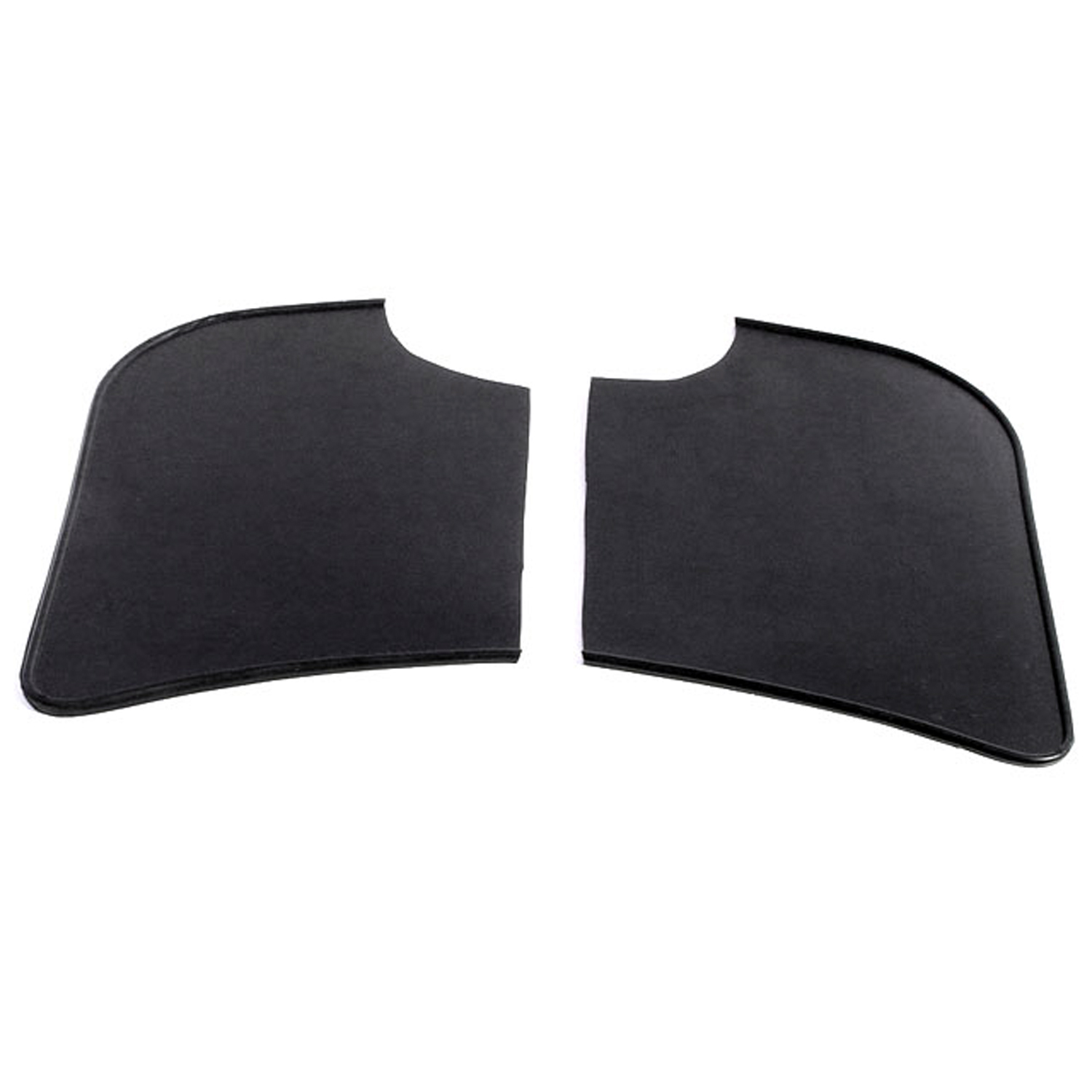 1964 Volkswagen Transporter Gravel Shields. Molded flat without metal backing plates-FS 40Gravel Shields. Molded flat without metal backing plates. Apply with contact cement. 7-5/8" long X 5-5/8" wide at top. Pair
1964 Volkswagen Transporter Gravel Shields. Molded flat without metal backing plates-FS 40Gravel Shields. Molded flat without metal backing plates. Apply with contact cement. 7-5/8" long X 5-5/8" wide at top. Pair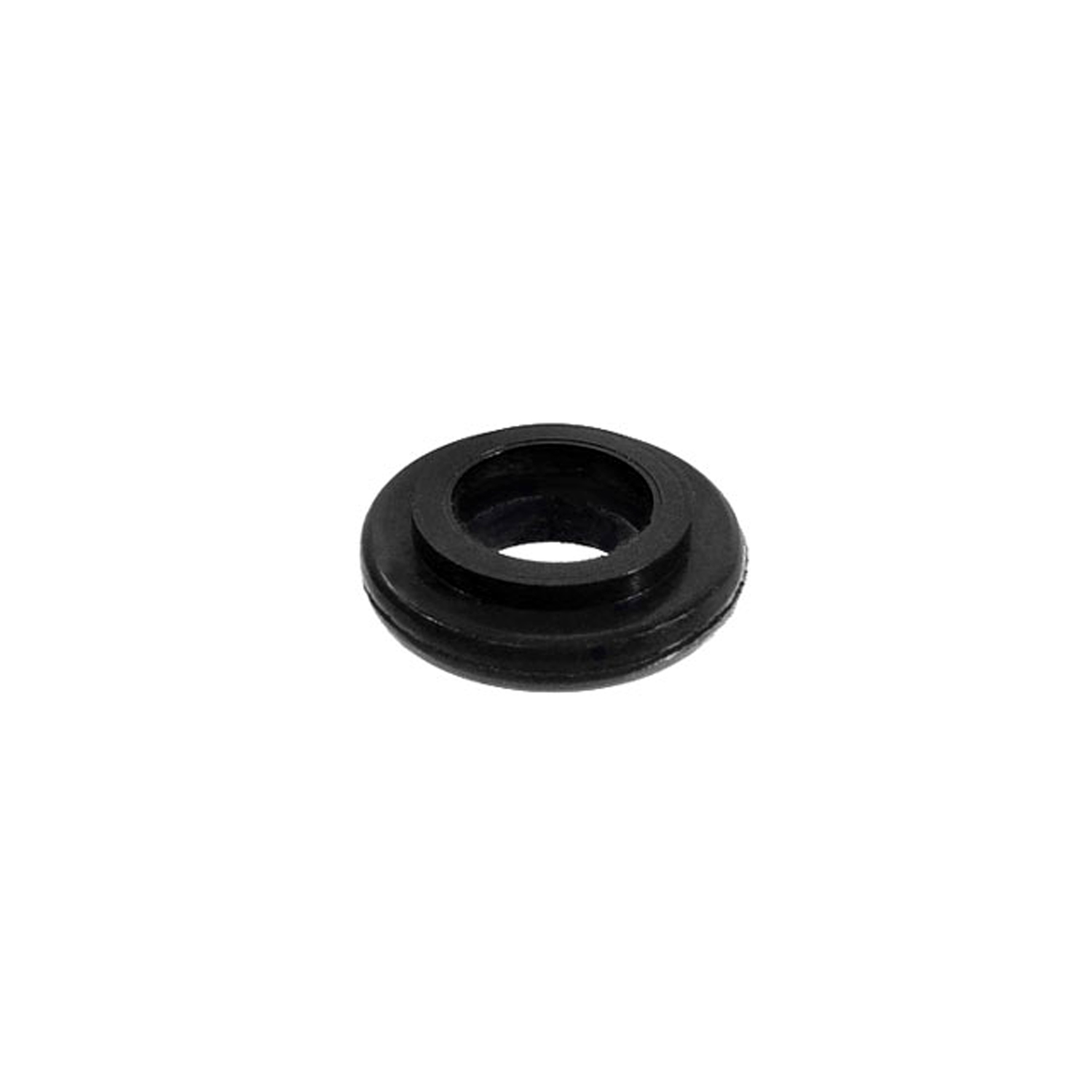 1964 Volkswagen Transporter Oil Cooler Seal. 7/16" I.D., 7/8" O.D. Each-RP 8-BOil Cooler Seal. 7/16" I.D., 7/8" O.D. Each
1964 Volkswagen Transporter Oil Cooler Seal. 7/16" I.D., 7/8" O.D. Each-RP 8-BOil Cooler Seal. 7/16" I.D., 7/8" O.D. Each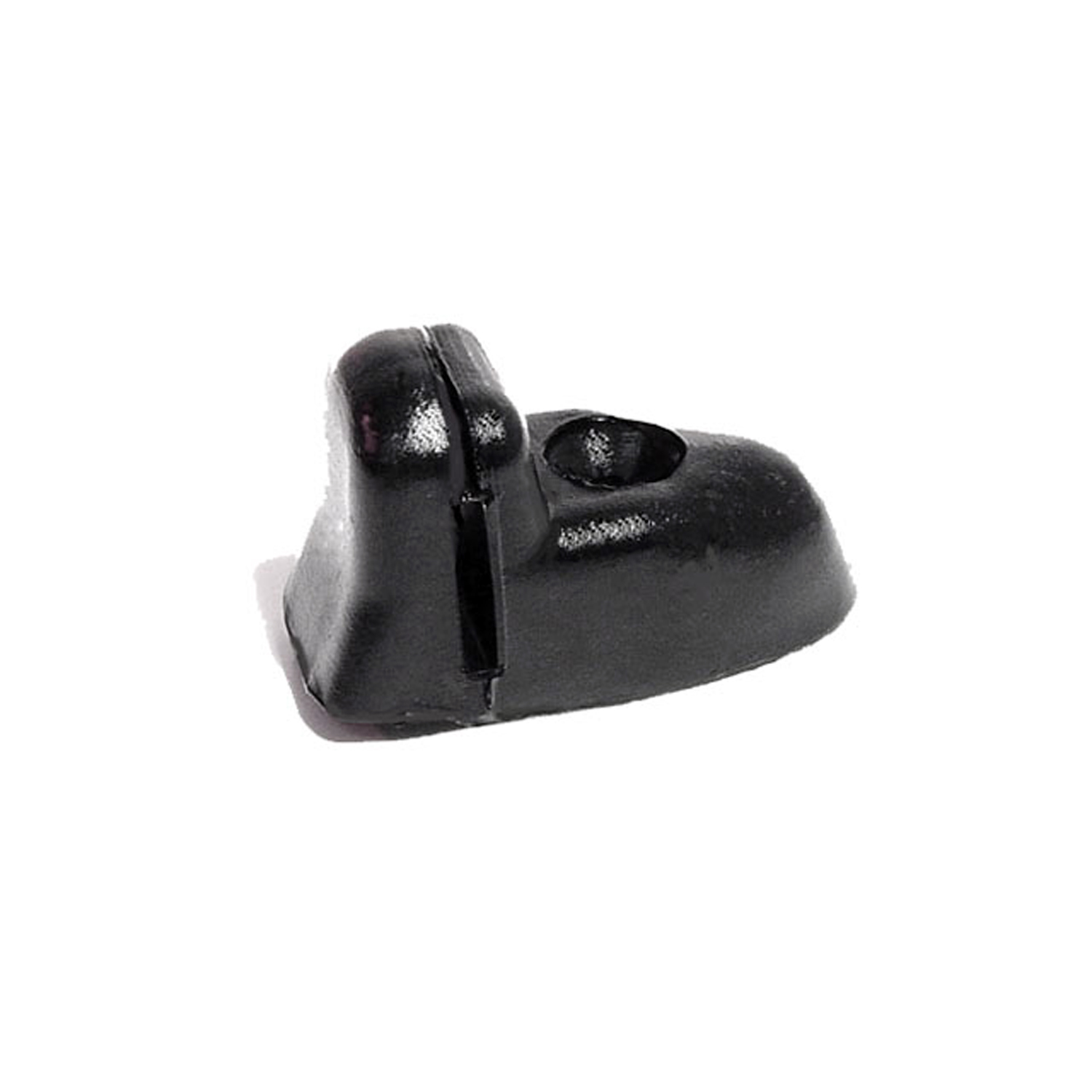 1964 Volkswagen Transporter Windshield Wiper Hold-Down Grommet-SM 35-AWindshield Wiper Hold-Down Grommet. Fits in front of windshield. Two used per bus. Each
1964 Volkswagen Transporter Windshield Wiper Hold-Down Grommet-SM 35-AWindshield Wiper Hold-Down Grommet. Fits in front of windshield. Two used per bus. Each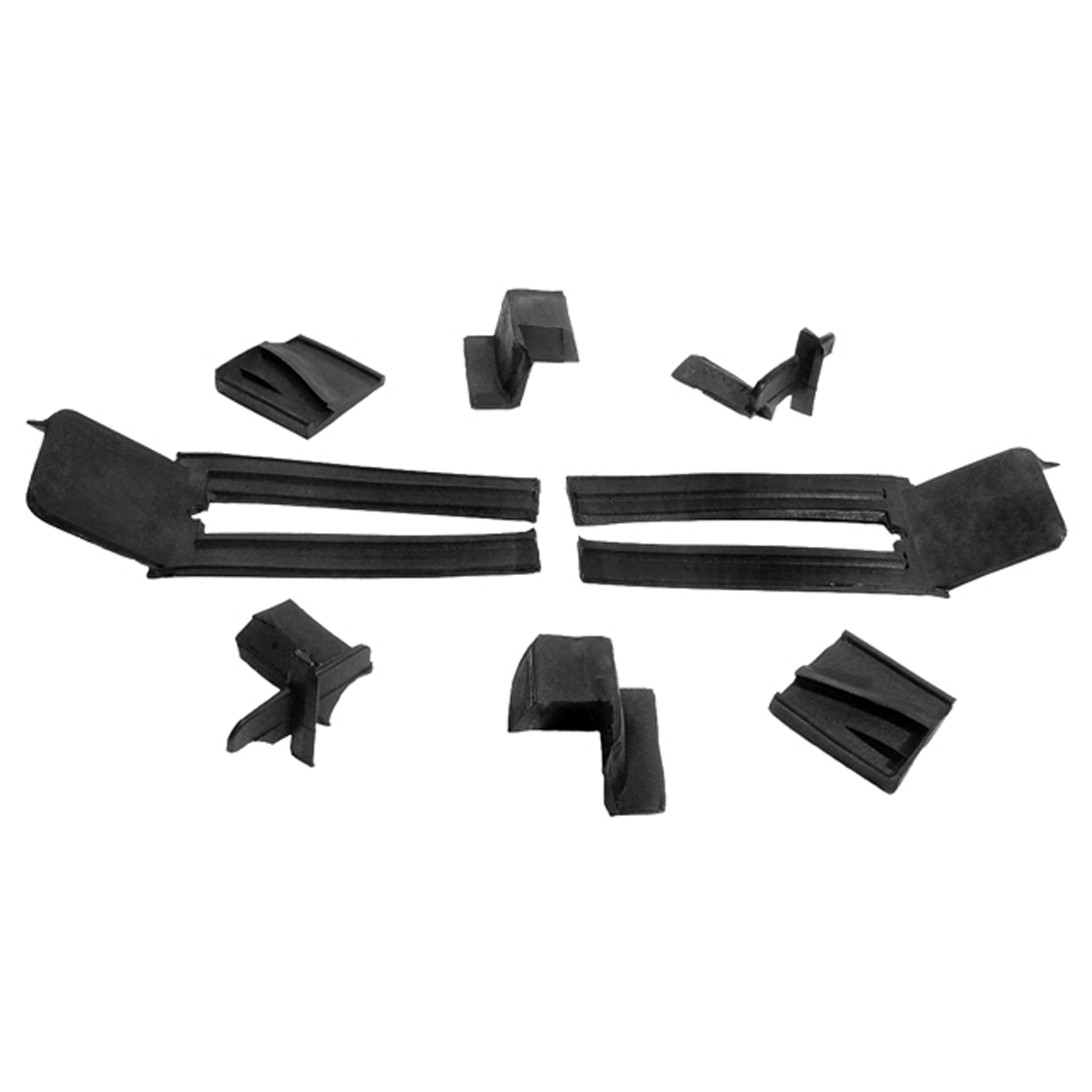 1964 Volkswagen Transporter Auxillary Window Seal Kit for Convertibles (ALP 10, ALP 10-A-WK 400Auxillary Window Seal Kit for Convertibles (ALP 10, ALP 10-A, ALP 10-B, ALP 10-C) 8-Piece Kit
1964 Volkswagen Transporter Auxillary Window Seal Kit for Convertibles (ALP 10, ALP 10-A-WK 400Auxillary Window Seal Kit for Convertibles (ALP 10, ALP 10-A, ALP 10-B, ALP 10-C) 8-Piece KitWhy Choose Metro?
For over 100 years, Metro Moulded Parts has been the pinnacle of quality in classic car restoration parts. Our commitment to precision and authenticity in every component ensures a perfect fit and an OEM-level appearance.
- Expert Craftsmanship & Quality: Each part is a testament to our dedication to reliability and perfection, crafted from original designs and thoroughly tested.
- Advanced Technology: We use cutting-edge techniques to create flawless, long-lasting parts that surpass others in performance.
- SuperSoft Sponge – The Ultimate Door Seal: Not only are our door seals 30% softer than competitors', but they're also guaranteed to never leak. They effectively reduce wind and road noise, enhancing your classic car's comfort and driving experience.
- Proudly American: Our parts are a product of American craftsmanship, made in the USA with a spirit of excellence and heritage.
- Unrivaled Warranty: We back our products with a 30-year industry-leading warranty, a testament to our confidence in their quality.
Join us in preserving the legacy of classic cars with parts that are crafted for perfection, not just made.

